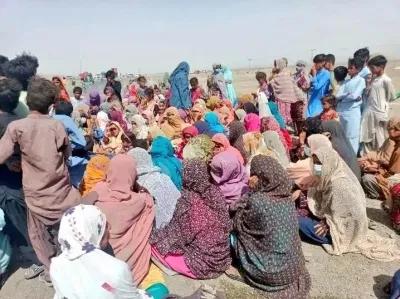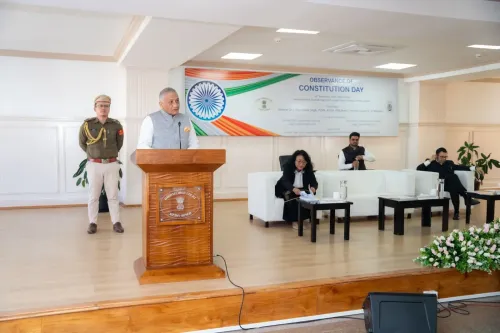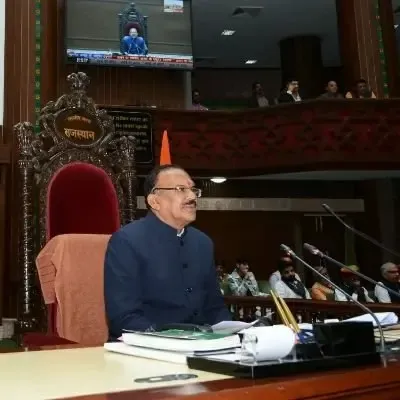Is Pakistan Among the Worst Countries for Gender Pay Gap?

Synopsis
Key Takeaways
- Women earn 34% less than men in Pakistan.
- The gender pay gap is larger than the global average.
- Many women work in low-wage informal sectors.
- Institutional biases continue to disadvantage women.
- Effective policy enforcement is lacking.
New Delhi, Aug 18 (NationPress) The International Labour Organisation (ILO) has classified Pakistan as one of the most challenging nations in South Asia regarding wage disparities between genders, underscoring ongoing issues of structural discrimination within the nation's labor market.
The ILO's recent 'Global Wage Report' reveals that women in Pakistan earn, on average, 34 percent less than their male peers—a gap that is significantly larger than the global average and worse than that of other regional countries, such as India, Bangladesh, Sri Lanka, and Nepal.
While some nations have made strides toward closing this gap, Pakistan has seen no improvement due to entrenched socio-economic, cultural, and institutional factors perpetuating the inequality.
A large segment of women's employment in Pakistan is tied to the low-wage informal sector, encompassing agricultural work, domestic services, and home-based production, which often come without adequate protections or access to formal contracts and benefits.
The ILO report emphasizes that even in formal employment, women with equivalent educational backgrounds and job experience earn less than men in most sectors, including healthcare, education, finance, and manufacturing.
This discrepancy is even more pronounced at senior professional levels, indicating a pervasive glass ceiling that hinders women’s career advancement. This dual economy not only skews income distribution but also distorts overall economic growth, as a significant portion of the population is systematically undervalued and underutilized, the report notes.
The origins of Pakistan’s gender pay gap are rooted not just in economics but also in cultural and institutional frameworks. Traditional gender roles dictate labor divisions within both households and workplaces, restricting women's participation in full-time, well-paying jobs. Societal pressures related to marriage, childcare, and domestic duties often push women into part-time or low-flexibility positions.
In many rural and conservative regions, restrictions on mobility and safety concerns further limit women's access to job opportunities. These cultural barriers are compounded by an education system that frequently fails to equip women with essential skills for higher-paying, technology-driven roles in urban areas. Additionally, institutional biases in hiring, promotions, and performance evaluations continue to disadvantage women in both public and private sectors.
The ILO report mentions that Pakistan has implemented several gender-sensitive policies over the years, including maternity leave, anti-harassment laws, and gender quotas for public sector employment. However, the lack of effective enforcement and the informal nature of most women's jobs have rendered these protections largely symbolic for many working women.
According to the ILO, while South Asia as a whole grapples with gender inequality, Pakistan's position remains particularly bleak, consistently ranking near the bottom of global gender parity indices. The World Economic Forum’s 2025 Global Gender Gap Report has placed Pakistan at 151st out of 156 countries, only ahead of a few nations in terms of women's economic participation and opportunities.









